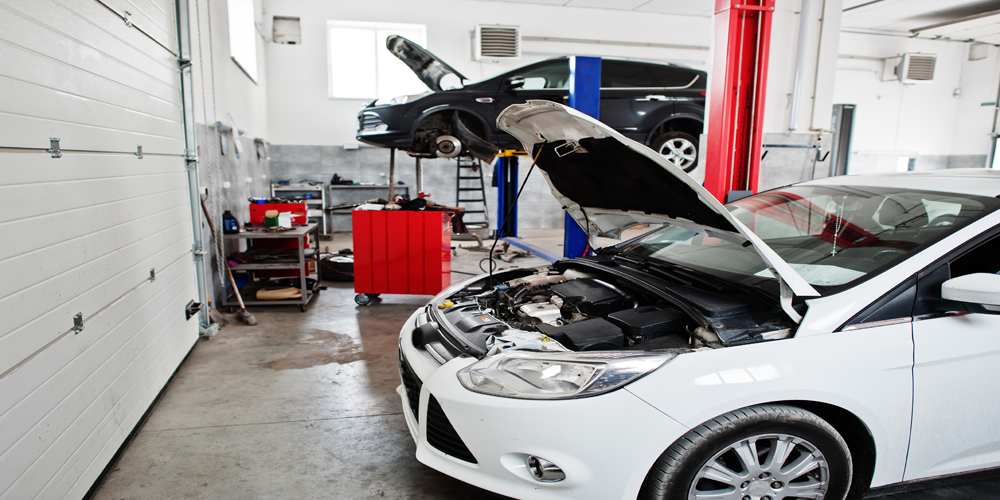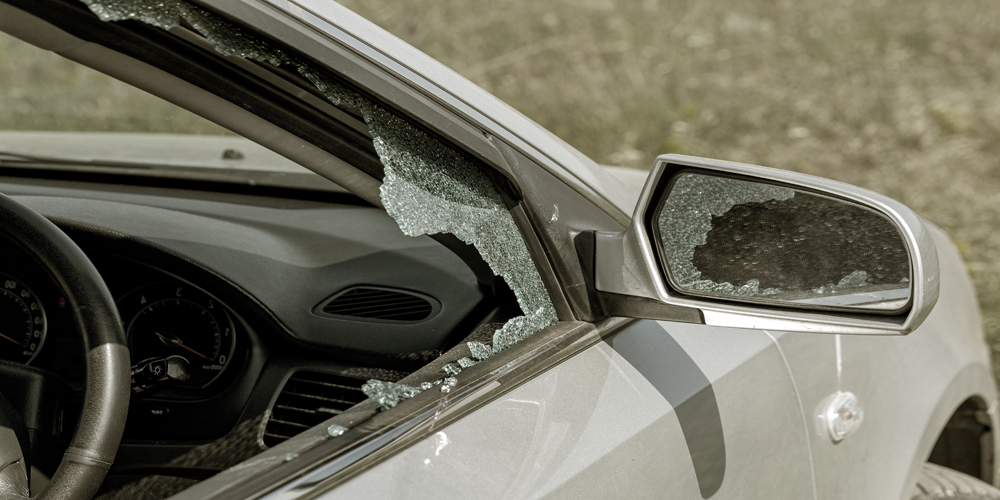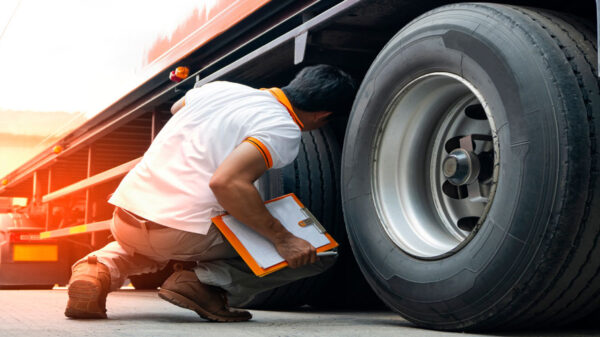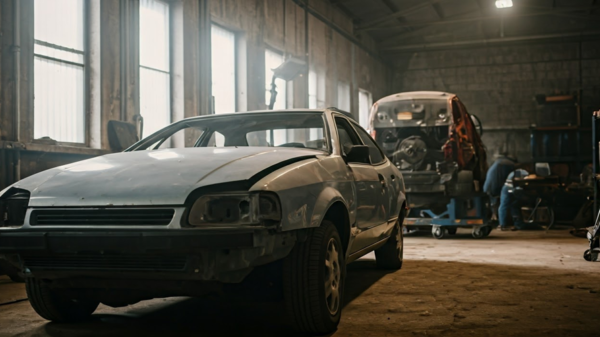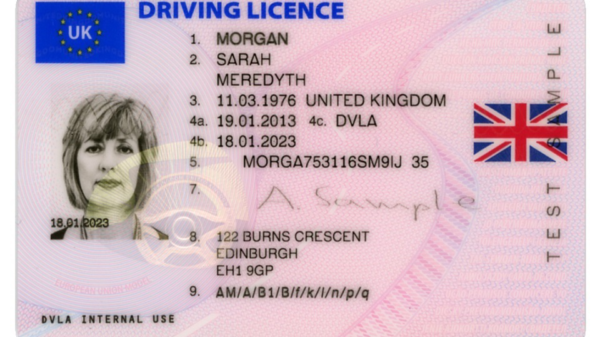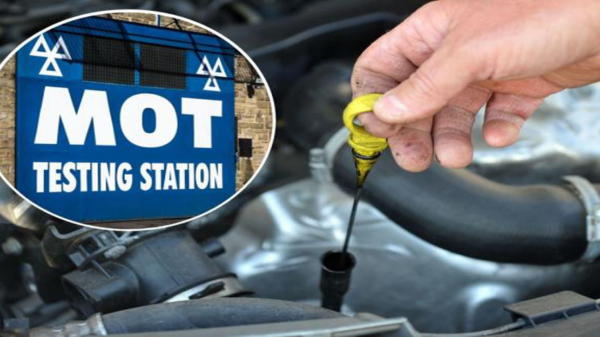Buying Vehicle Parts from Your Local Scrap Yard
In the realm of car enthusiasts and DIY mechanics, there exists a haven hidden in plain sight – the local scrap yard. While many see these yards as graveyards for vehicles long past their prime, seasoned enthusiasts know them as treasure troves brimming with potential. From salvaged engines to spare body panels, there’s a universe of possibilities awaiting discovery.
In this post, we’ll delve deep into the world of buying vehicle parts from your local scrap yard, exploring the benefits, challenges, and insider tips for navigating this unique marketplace.

The Hidden Gem of Scrap Yards
Scrap yards, also known as junkyards or salvage yards, are often overlooked by those in need of replacement vehicle parts. However, beneath their seemingly chaotic exterior lies a wealth of opportunities. These yards serve as the final resting place for automobiles that have reached the end of their roadworthiness due to accidents, age, or mechanical failure. While to the untrained eye, these vehicles may appear worthless, they are, in fact, a treasure trove of components ripe for reuse.
The Benefits of Buying from Scrap Yards
Cost-Effectiveness: One of the most significant advantages of purchasing parts from a scrap yard is the cost-effectiveness. Compared to buying new components from dealerships or aftermarket suppliers, salvaged parts often come at a fraction of the price. For budget-conscious DIY enthusiasts or individuals looking to repair older vehicles without breaking the bank, this can be a game-changer.
Availability of Rare Parts: As vehicles age and models are discontinued, finding replacement parts can become increasingly challenging. However, scrap yards often house vehicles spanning several decades, making them a prime source for rare and hard-to-find components. Whether you’re restoring a vintage car or simply need a discontinued part for your daily driver, the chances are that a scrap yard will have what you’re looking for.
Environmental Benefits: By purchasing used parts from a scrap yard, you’re not only saving money but also reducing waste and environmental impact. Reusing existing components helps minimize the demand for new production, conserves resources, and reduces the amount of material sent to landfills. In a world increasingly focused on sustainability, buying from scrap yards aligns with eco-conscious practices.
DIY Adventure: For many car enthusiasts, working on their vehicles is more than just a necessity – it’s a passion. Sourcing parts from a scrap yard adds an element of adventure to the DIY process. Exploring rows of cars, deciphering part numbers, and extracting components with your own hands evoke a sense of satisfaction and accomplishment that can’t be replicated by ordering online or visiting a dealership.
Challenges and Considerations
While the allure of scrap yards is undeniable, navigating this unique marketplace comes with its own set of challenges and considerations.
Quality Control: Unlike new parts purchased from reputable suppliers, the quality of salvaged components can vary significantly. While some parts may be in excellent condition, others may show signs of wear, damage, or corrosion. It’s essential to inspect parts thoroughly before purchasing and, if possible, test them to ensure they meet your standards.
Compatibility: Matching salvaged parts to your vehicle can be a daunting task, especially for those with limited automotive knowledge. While some components may have universal applications, others may be specific to certain makes, models, or model years. Ensuring compatibility is crucial to avoid purchasing parts that won’t fit or function correctly.
Limited Warranty: Unlike new parts that often come with warranties or guarantees, salvaged components typically have no such assurances. Once a part leaves the scrap yard, it’s typically sold as-is, with no recourse for returns or refunds if it fails prematurely. While this risk is inherent to buying used parts, it’s something to consider when weighing the cost savings against potential future expenses.
Time and Effort: Sourcing parts from a scrap yard requires time, patience, and effort. Unlike ordering online or visiting a dealership, finding the right components may involve multiple trips to different yards, extensive searching, and hands-on exploration. For some, the thrill of the hunt is part of the appeal, but for others, it can be a daunting task, particularly if they’re on a tight schedule or lack the necessary expertise.
Visiting Your Local Scrap YardTips for Success
Do Your Research: Before visiting a scrap yard, research the parts you need, including their compatibility with your vehicle and any variations between model years. Familiarize yourself with common terminology and part numbers to streamline the search process.
Inspect Thoroughly: When inspecting parts, look for signs of damage, wear, or corrosion. Test electrical components, moving parts, and structural integrity to ensure they meet your requirements. Don’t hesitate to ask for assistance from yard staff or bring along someone with automotive expertise if needed.
Bring Tools and Supplies: Come prepared with the necessary tools and supplies to remove parts safely and efficiently. This may include wrenches, sockets, screwdrivers, penetrating oil, and safety equipment such as gloves and eye protection.
Negotiate Wisely: While prices at scrap yards are often negotiable, be respectful and realistic in your negotiations. Understand the yard’s pricing policies and be prepared to walk away if the price exceeds your budget or the part’s value.
Build Relationships: Establishing a rapport with scrap yard staff can be beneficial in the long run. They may offer insights, discounts, or special deals to repeat customers or those who demonstrate respect for their time and resources.
Your Local Scrap Yard: a Treasure Trove of Parts
In the world of automotive DIY, the local scrap yard is a playground waiting to be explored. Beneath the surface of discarded vehicles lies a treasure trove of parts, ripe for the picking by those with the courage to venture into this unique marketplace. While navigating the world of salvage yards may pose challenges, the rewards – both financial and experiential – are well worth the effort.
So, whether you’re a seasoned enthusiast or a curious novice, don your adventure hat, grab your toolbox, and embark on a journey to uncover the hidden gems of your local scrap yard. Happy hunting!



